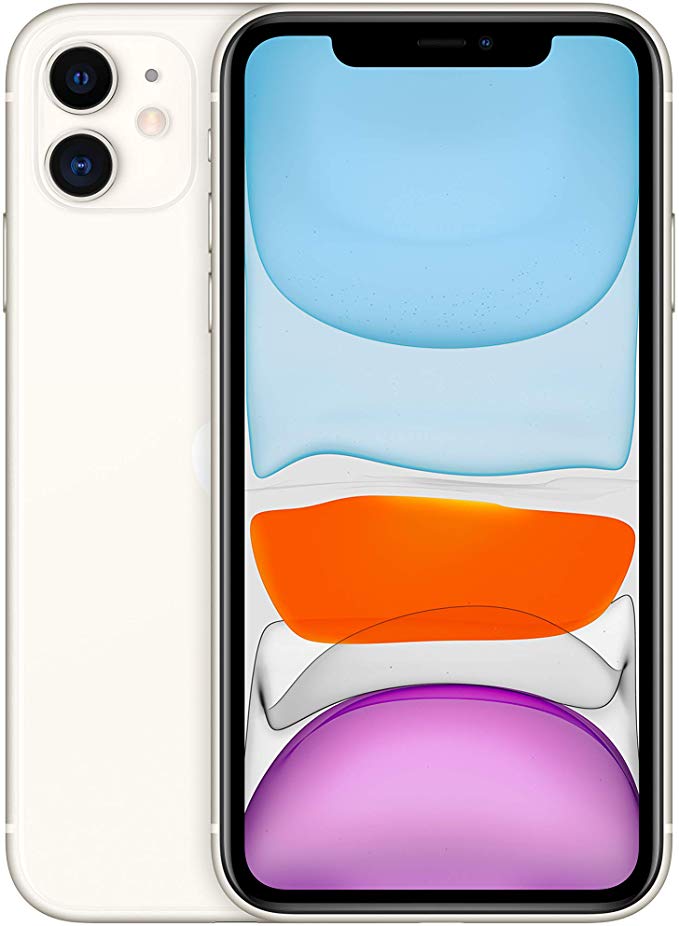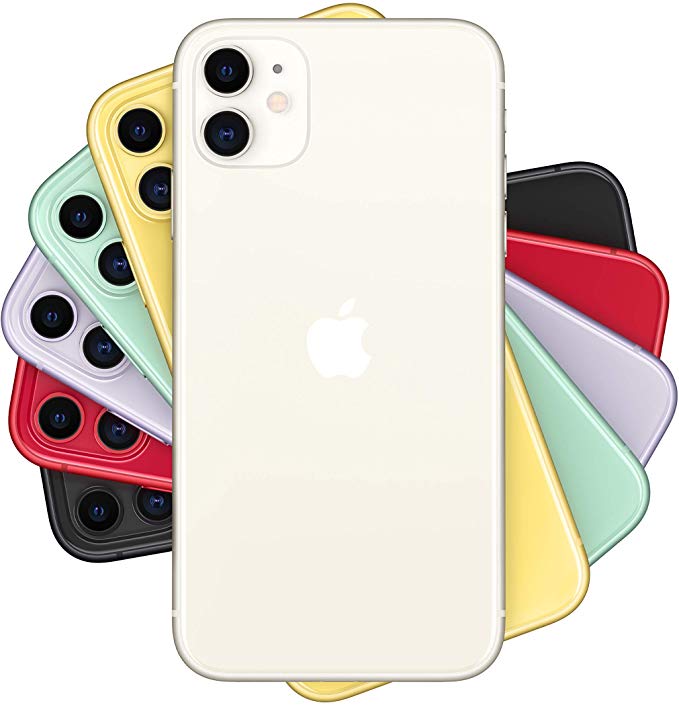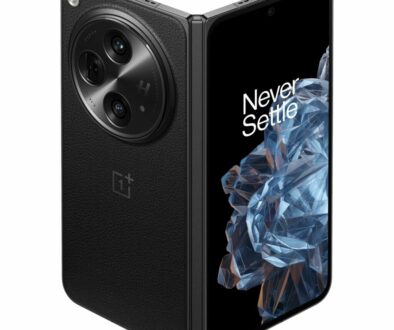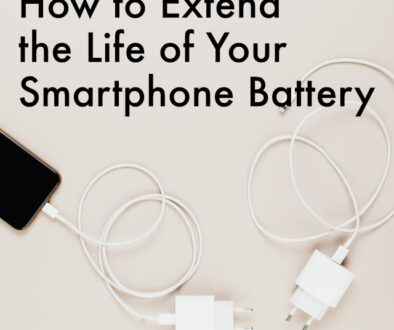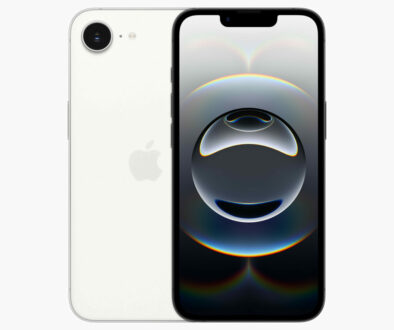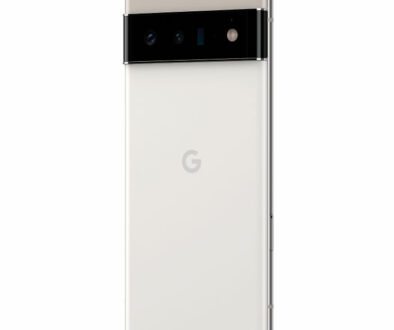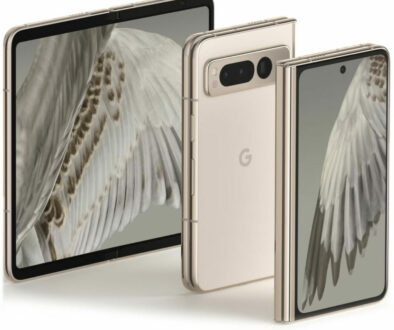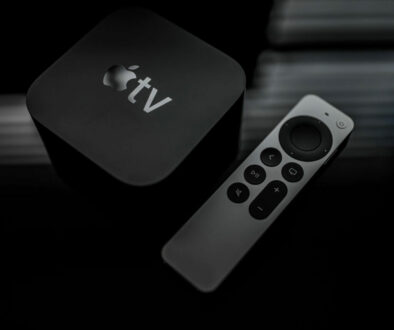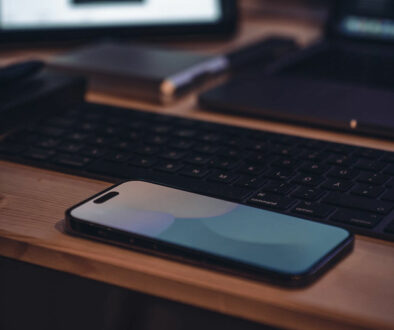Apple iPhone 11 6.1-inch: High Performance Phone with an Affordable Price Tag
The iPhone XR represents amazing value for Apple Fans and new users alike, offering the best in design and power at an affordable price. The iPhone 11 takes that same formula and throws in an extra rear lens to make the preposition even more enticing.
With flagship phones going up in price, major smartphone makers are introducing an affordable option. Instead of pushing two flagship phones, they are now offering three with the third being their cheapest but still packs plenty of flagship goodness.
The Cheaper iPhone 11 Brings Plenty to the Table
Apple iPhone 11, a successor to the iPhone XR is the cheapest in the latest generation of iPhones. The iPhone 11 Pro and iPhone 11 Pro Max being the two more expensive flagships. Even so, it has plenty to offer, enough to be a viable option for those upgrading from iPhone 8 or even iPhone 8 Plus, now that it comes with Dual main camera, a 12MP Ultra Wide and a 12MP Wide standard camera, both with support for Night mode.
Both Samsung and Apple applied the same approach with Galaxy S10e, iPhone XR and now iPhone 11. The third cheaper option in their flagship trio offering.
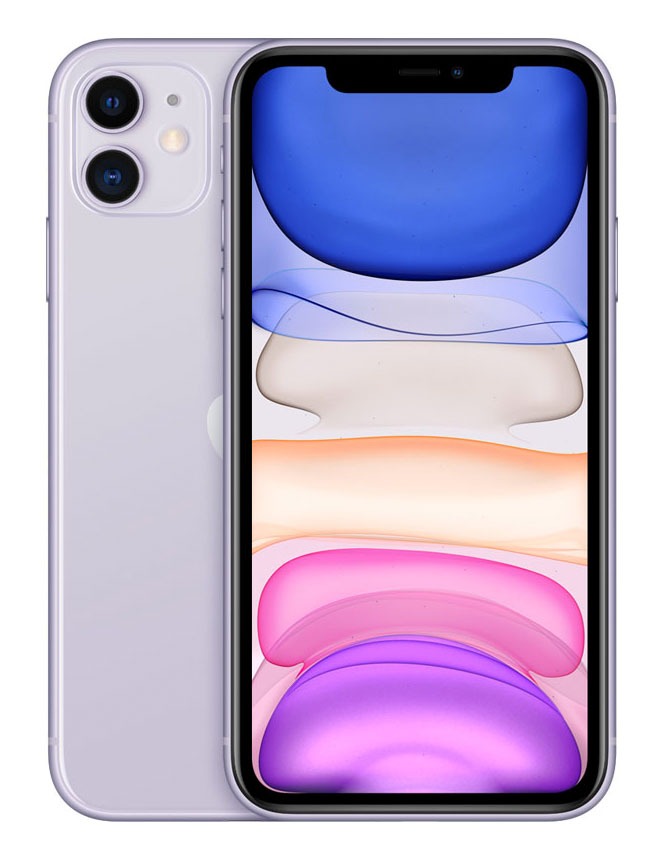
Dual Camera – from Single to Dual Camera Setup
Let’s go straight to the game charger. The biggest upgrade from iPhone XR, apart from the expected speed bump, is the inclusion of a second rear facing camera. This making the main camera, a dual camera setup. But, instead of a telephoto lens, it combines an Ultra Wide angle lens and a Wide standard lens. That Ultra Wide f/2.4 and Wide f/1.8 lenses are the same lenses used on the iPhone 11 Pro and iPhone 11 Pro Max. As we have established, what it lacks is the Telephoto f/2.0 lens.
Both Ultra Wide and Wide lenses works with Dual 12MP sensors to support night mode, auto adjustments features and optical image stabilisation. Together they offer 2x optical zoom out and digital zoom up to 5x. It loses out to the Pros with the lack of the 2x optical zoom in offered by the telephoto lens and the ability to support digital zoom up to 10x.
Side by side, the cameras offer the same True Tone flash with Slow Sync, Portrait mode with advanced bokeh and depth. Portrait Lighting with six effects and next generation Smart HDR for photography are also included. Front facing selfie camera is the same.
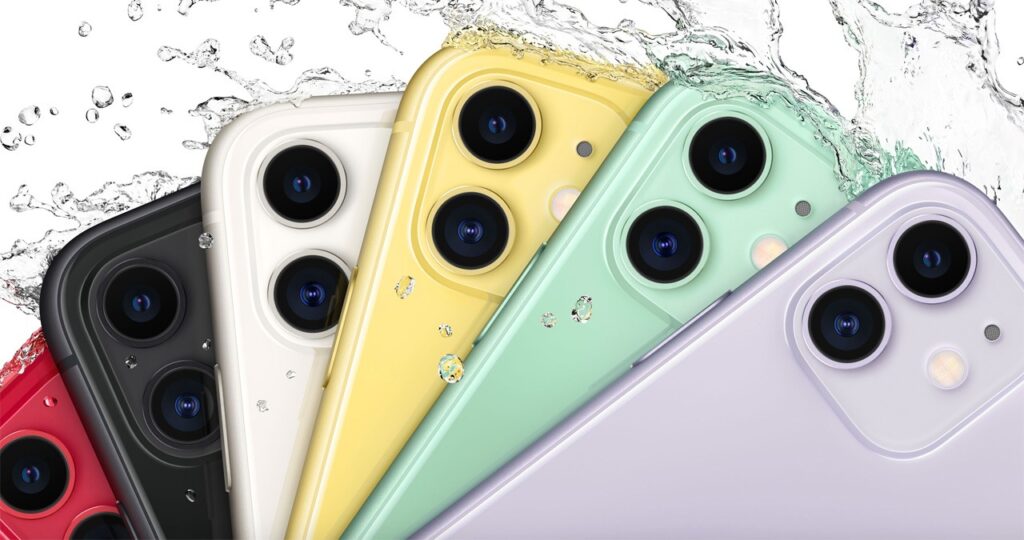
Colour Options – from Bright to More Subdued
It also received a more subdued line of colour options. While the iPhone XR features colours that are both bright and striking, the iPhone 11 opts for colours which are softer. The bright red option stay, part of Apple’s Product Red charity campaign to contribute to the Global Fund to fight AIDS stays in the line-up.
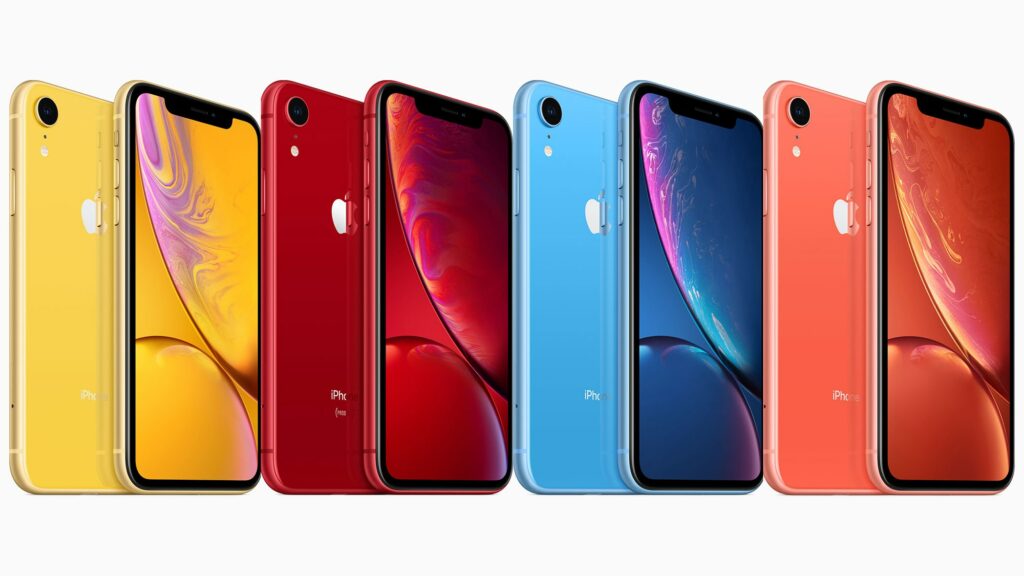
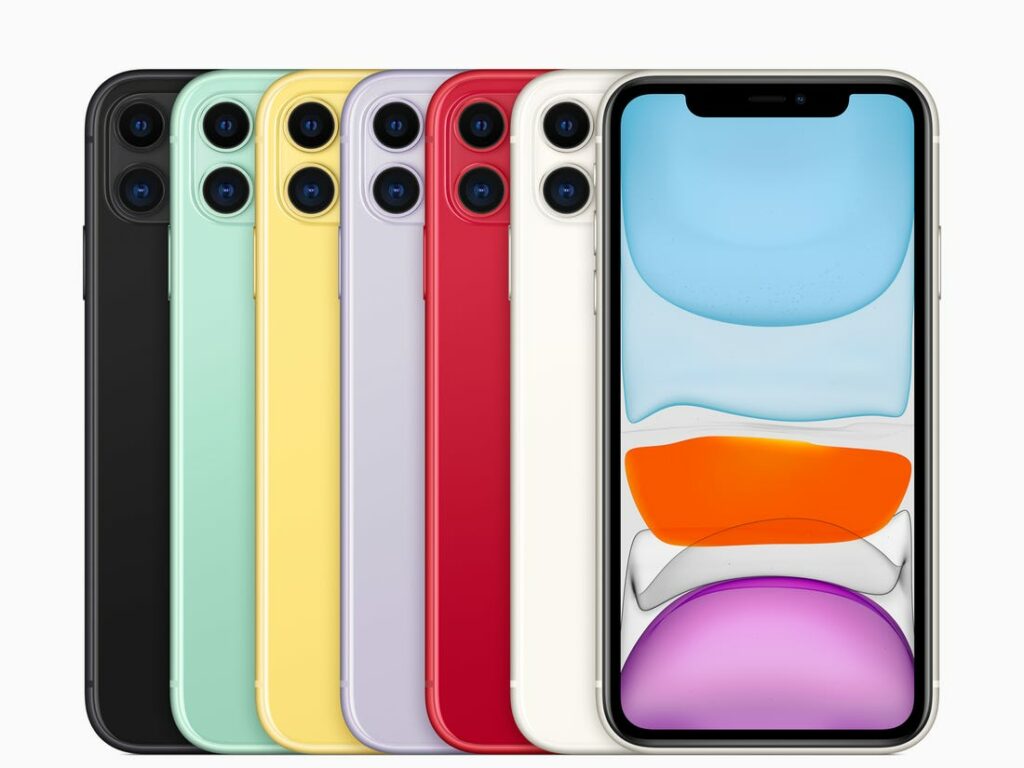
Power – on par with its higher siblings
Like the iPhone XR which is powered by the latest chip in its day, one that it shares with iPhone XS and XS Max, the iPhone 11 use the same chip found on its flagship siblings. To put it in context, the iPhone 11 performs just as well as the iPhone 11 Pro and iPhone 11 Pro Max. It shares the same Apple’s A13 Bionic chip and yet still affordable. Paying less and not compromising on performance.
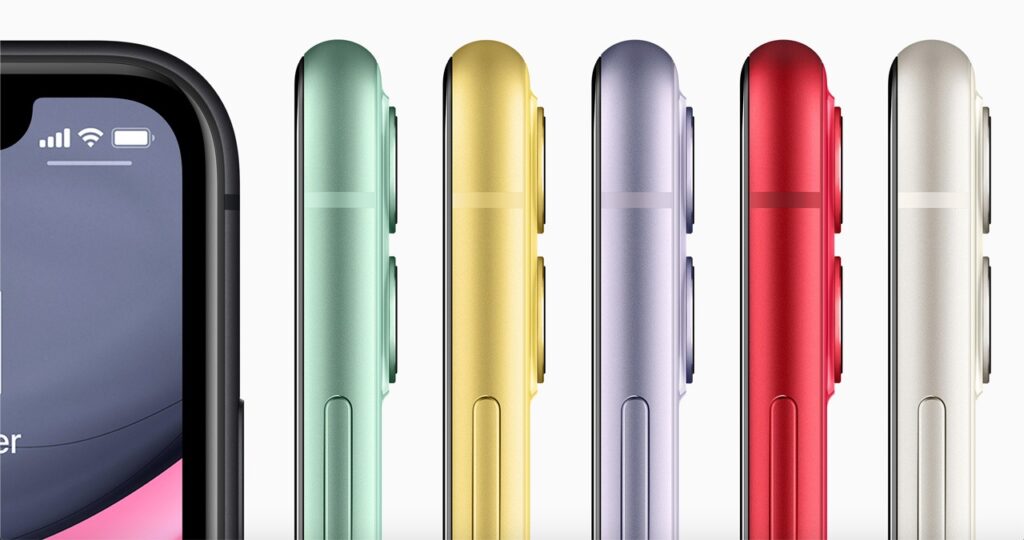
Display – still bigger than the iPhone 11 Pro
It has been an established fact, three generations in, that the flagship smartphones from Apple use OLED panels. Apple calls these Super Retina XDR display. To keep the cost down, the cheaper iPhone 11 on the other hand uses a standard LCD panel, what Apple terms the Liquid Retina HD display. However, what is loses in display quality, it makes up for in size.
That is to say, the iPhone 11 has a 6.1-inch display, sitting between its more expensive siblings in terms of display sizes. Both the iPhone 11 and iPhone 11 Max as a 5.8-inch and a 6.5-inch display respectively. The iPhone 11 display is of a lower resolution at 1792-by-828-pixel resolution at 326 ppi and being an LCD panel lacks the contrast (1400:1) of an OLED. Still it is capable of plenty of brightness at 625 nits making it sufficient for use under direct sunlight, capable of True Tone and has a Wide colour gamut.
- iPhone 11: Liquid Retina HD display 6.1-inch all-screen LCD with IPS display, 1792-by-828-pixel resolution at 326 ppi, 1400:1 contrast ratio (typical), True tone, Wide colour display, Haptic Touch, 625 nits max brightness
- iPhone 11 Pro: Super Retina XDR display 5.8-inch all-screen OLED HDR display, 2436-by-1125-pixel resolution at 458 ppi, 2,000,000:1 contrast ratio (typical), True tone, Wide colour display, Haptic Touch, 800 nits max brightness
- iPhone 11 Pro Max: Super Retina XDR display 6.5-inch all-screen OLED HDR display, 2688-by-1242-pixel resolution at 458 ppi, 2,000,000:1 contrast ratio (typical), True tone, Wide colour display, Haptic Touch, 800 nits max brightness
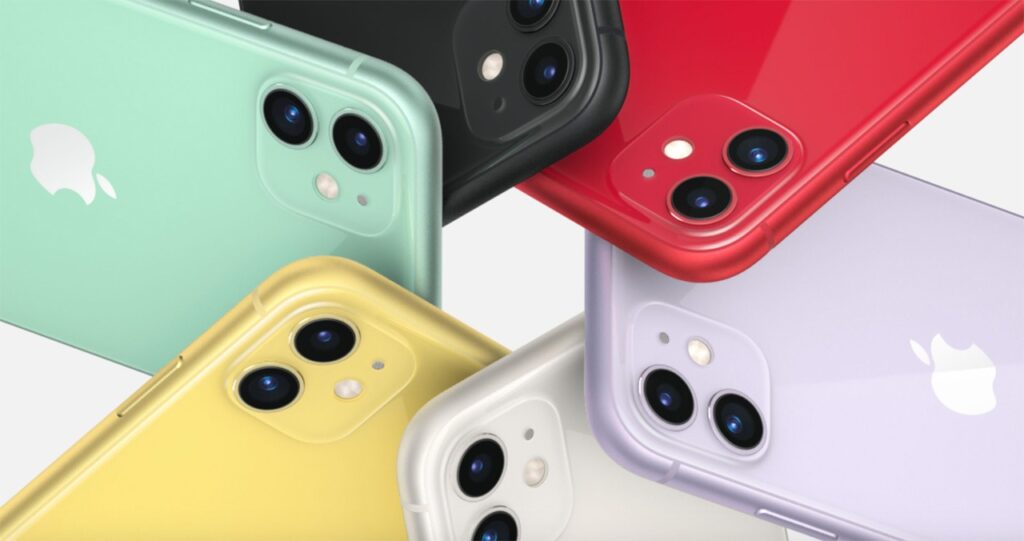
Battery Power – longer than the iPhone XR
Even with all that power, the iPhone 11 still outlast its predecessor by up to an hour. It is not far behind compared to the iPhone 11 Pro and iPhone 11 Pro Max. In video playback, the battery lasts up to 17 hours. Compare this to up to 18 and 20 on the iPhone 11 Pro and 11 Pro Max respectively. The same goes to streaming video, 10 hours, 11 hours and 12 hours on the iPhone 11, iPhone 11 Pro and iPhone 11 Pro Max respectively.
What all this means is that the phone will last you through the day and still have some charge left in the evening. In addition to that, all phones support Fast-charge, gaining up to 50% charge in half an hour but with a catch. The caveat is you will need the higher 18W adapter which is sold separately. Still, the phone supports wireless charging, again with a Qi wireless chargers, also sold separately.
To take advantage of the Fast Charging, we strongly recommend getting Apple’s 18W charger. If you get a USB-C charger, you will also need to consider the USB-C to Lightning cable.
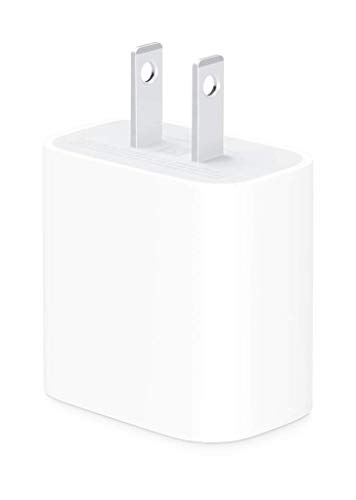
Final Thoughts – Power, Performance, Camera and All Day Battery
The iPhone 11 now comes with dual main camera instead of one on the iPhone XR. It has a 12MP ultra wide and a 12MP wide camera on the back and a 12MP TrueDepth selfie camera. You really won’t miss out on the telephoto lens if you don’t have it. Avid mobile photographers may notice this but the phone still takes very good images.
One big disadvantage of the iPhone 11 is that it uses an LCD panel and not OLED but that same panel worked well on the XR and will continue to serve many iPhone 11 users with no problem at all. In fact, you gained 0.3-inch in size compared to the iPhone 11 Pro in going for the iPhone 11.
But the biggest advantage of the iPhone 11 is that it shares the same processor, the A13 Bionic chip with the flagship iPhone 11 Pros. With the A13 Bionic chip, the phone is seriously quick and responsive. There is even an inclusion of the new U1 chip to help make AirDrop that much quicker. At a much lower price tag, this makes the entry iPhone 11 a great buy.
Apple iPhone 11 6.1-inch
- Display: 6.1-inch Liquid Retina HD Display all-screen LCD with IPS technology
- Resolution: 1792×828‑pixel resolution at 326 ppi with TrueTone, Wide P3 Colour Gamut, 1400:1 contrast ratio, Haptic touch and 625 nits max brightness
